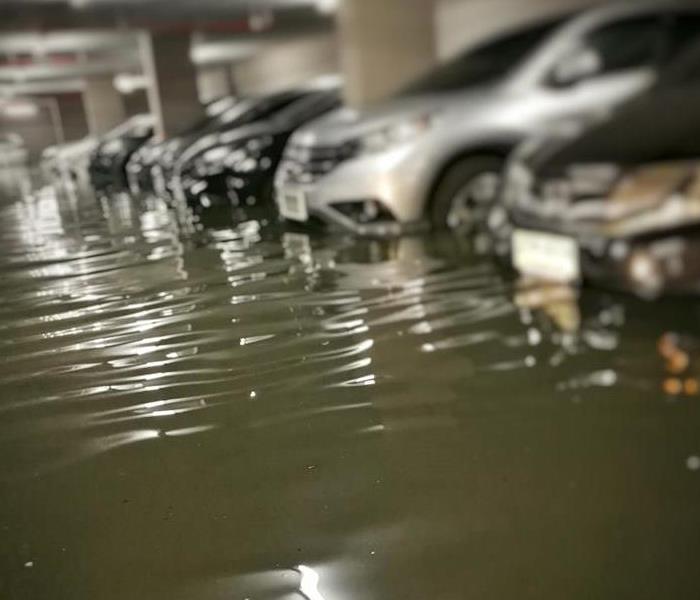4 Ways To Minimize Losses After a Flood
9/19/2019 (Permalink)
 In addition to damaged infrastructure, interrupted business operations and lost revenue may be concerns.
In addition to damaged infrastructure, interrupted business operations and lost revenue may be concerns.
Enduring a broken pipe and substantial flooding can have a detrimental impact on any business in Summit, Lake, Park & Eagle Counties, CO. Fortunately, there are four proactive steps every owner can take to minimize losses and safeguard their financial investments.
1. Develop a Contingency Plan
Large water damage may make your building unusable for an extended period. To combat this potential dilemma, you should develop a well-devised contingency plan that allows you to continue essential operations during the cleanup and restoration process. Specific plan details may include designating a temporary office space, establishing vital communication procedures with staff and customers and identifying prospective equipment rentals.
2. Designate a Restoration Company
Quickly commencing repairs can reduce downtime and prevent secondary damage. To expedite this process, you should designate the professional restoration company you plan to work with in the event of serious flooding and identify personnel responsible for overseeing the process.
If possible, establish and file an emergency plan with the company. Understanding key aspects of your business in advance may allow them to commence work with minimal delays.
3. Understand Insurance Coverage
Because specific coverage and limitations vary from policy to policy, it’s also important to understand your insurance plan. Routinely reviewing your coverage can help you identify potential weaknesses and proactively enhance your policy. Business interruption insurance and a supplemental flood insurance policy are examples of key provisions that you may want to consider adding.
4. Keep Accurate Records
In the event a claim is necessary, your insurance provider may require you to submit a variety of documentation, such as a list of damaged items and their value. To facilitate this requirement, keep receipts and an updated inventory list readily accessible.
Enduring flooding and recovering from large-scale water damage can be daunting experiences. Recognizing that no business is immune from these threats and making proactive plans can help every owner minimize losses and quickly resume normal business operations.






 24/7 Emergency Service
24/7 Emergency Service